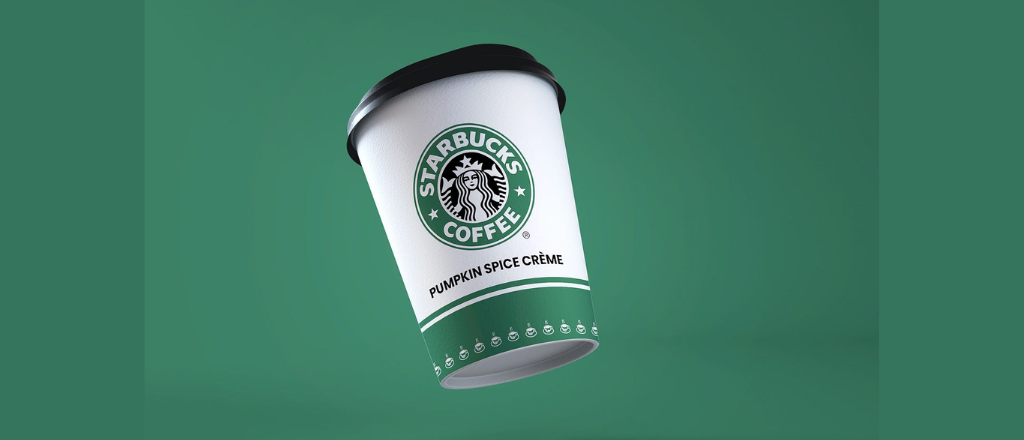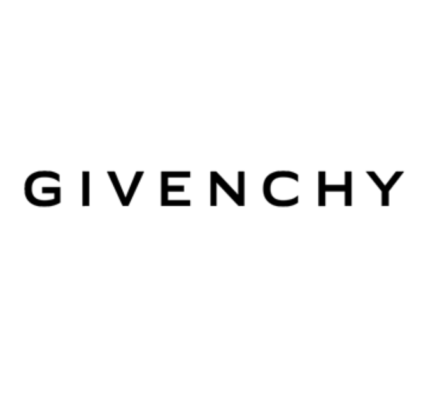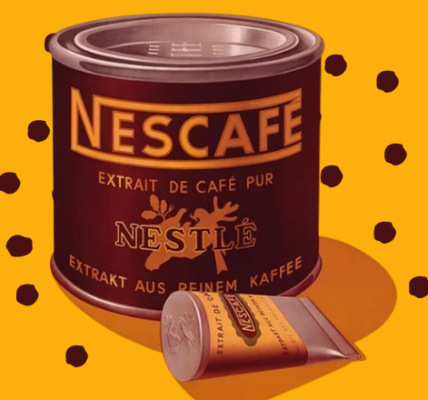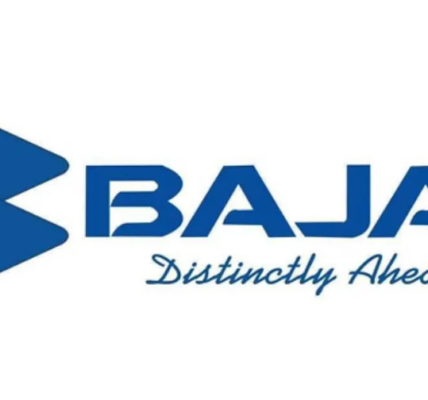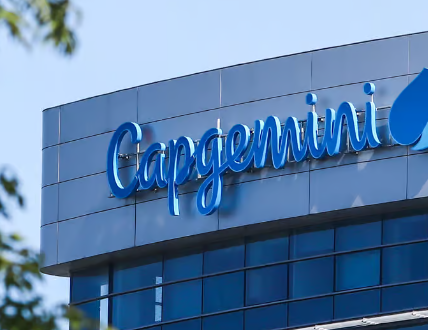American Company
Starbucks, headquartered in Seattle, Washington, is not just the largest coffeehouse chain globally but also a symbol of cultural phenomenon and innovation in the coffee industry. Founded in 1971 near Seattle’s Pike Place Market, Starbucks has grown exponentially to operate over 35,000 stores across 80 countries by 2022.
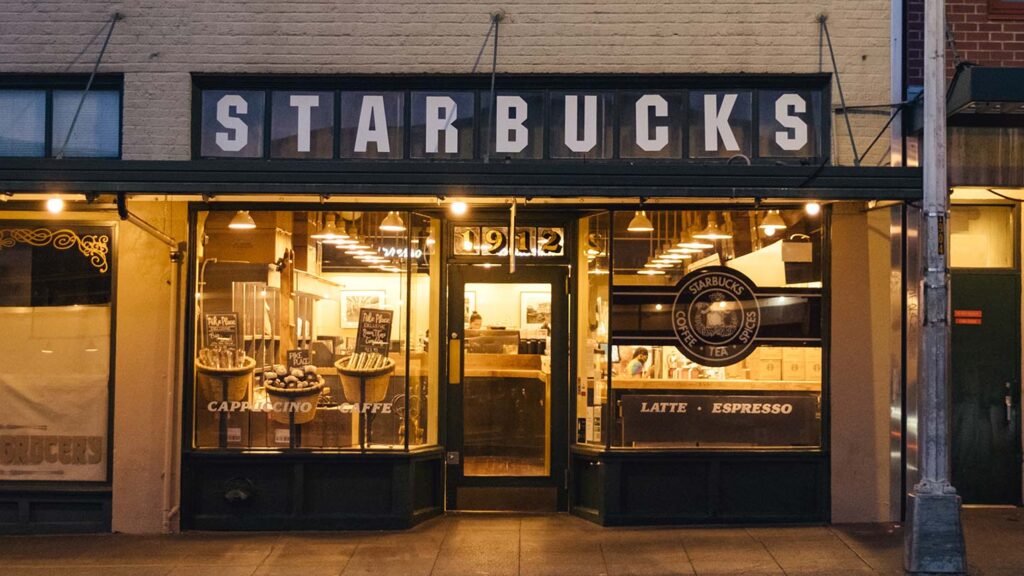
Pioneering Café Culture
While Starbucks wasn’t the first major coffeehouse chain in the U.S., it revolutionized the industry by popularizing coffee as a social and cultural experience. Starting in the 1990s, Starbucks transformed the perception of coffee from a commodity to a lifestyle choice, blending quality beverages with an inviting ambiance. The concept of Starbucks as a “third place” between home and work became integral to its identity and success.
Strategic Advantages
Starbucks’ dominance in the coffee retail sector can be attributed to several strategic initiatives:
- Promotion of Coffee Culture: By emphasizing the quality of its coffee and creating a welcoming environment, Starbucks differentiated itself and cultivated customer loyalty.
- Saturation Strategy: Strategic placement of stores based on demographic data and foot traffic patterns enabled Starbucks to achieve geographical dominance without cannibalizing its own market.
- Product Innovation: The Tryer Center in Seattle served as Starbucks’ innovation hub, constantly experimenting with new flavors and products to meet evolving consumer preferences.
- Vertical Integration: Unlike competitors, Starbucks controls its coffee supply chain from bean sourcing to beverage production, ensuring quality and cost efficiency.
Early Years and Growth
Founded by Jerry Baldwin, Gordon Bowker, and Zev Siegl, Starbucks initially focused on selling high-quality coffee beans and equipment inspired by Alfred Peet’s roasting techniques. It wasn’t until Howard Schultz joined in 1982 that Starbucks began its journey towards becoming a global brand.
Howard Schultz’s Vision
Schultz envisioned Starbucks as more than a coffee retailer—he saw it as a community gathering place akin to the vibrant cafés of Milan, Italy. His idea of Starbucks as a café serving espresso and fostering social interaction initially met resistance but ultimately reshaped the company’s trajectory.
Expansion and Challenges
Under Schultz’s leadership, Starbucks expanded rapidly, going public in 1992 and venturing beyond North America by 1996. However, the company faced challenges such as over-expansion and increased competition, prompting Schultz to return as CEO in 2008 to steer Starbucks back to profitability through strategic closures and innovations.
Commitment to Sustainability
Starbucks has been proactive in promoting ethical sourcing practices through its Coffee and Farmer Equity (C.A.F.E.) practices and partnerships with NGOs. Despite controversies over labor practices, Starbucks continues to strive for ethical standards and environmental sustainability in its global operations.
Leadership Transitions
After Schultz’s second tenure as CEO, Kevin Johnson took over in 2017, focusing on digital innovation and customer experience. Schultz briefly returned as interim CEO in 2022 before Laxman Narasimhan assumed leadership.
Global Impact and Legacy
Today, Starbucks remains a global leader in the coffee industry, influencing coffee culture worldwide and maintaining a strong commitment to community, sustainability, and customer satisfaction.
Conclusion
Starbucks’ journey from a single coffee shop in Seattle to a global phenomenon exemplifies innovation, resilience, and a commitment to quality. As it continues to evolve and expand, Starbucks remains at the forefront of coffeehouse culture, shaping how the world enjoys and experiences coffee.

